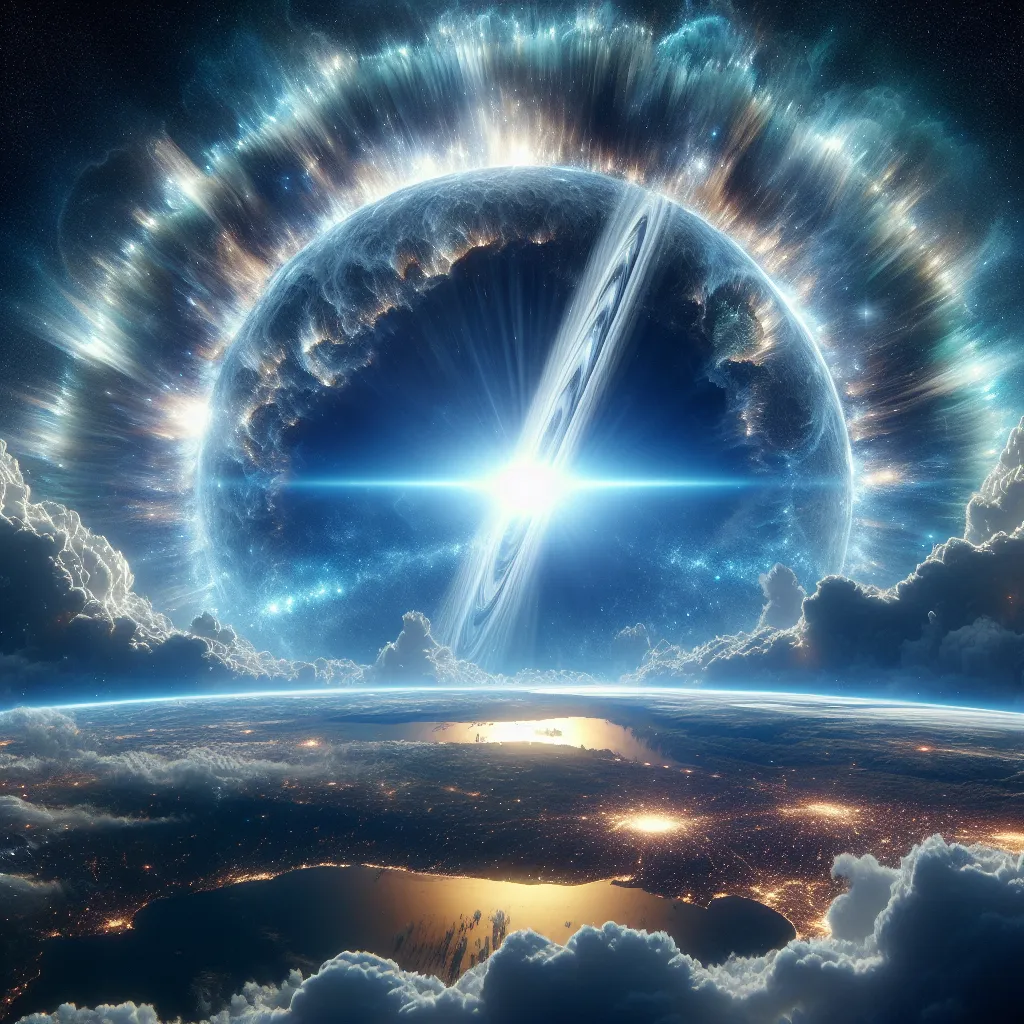Supernovae are the universe’s mightiest explosions, packing enough power to outshine entire galaxies. To put their energy into perspective, if our sun were to go supernova, it would be akin to being hit by the force of a nuclear explosion every second for weeks. Despite their destructive potential, supernovae are creators too, forging elements that make life possible, but they also sterilize vast regions of galaxies.
So, what if one hit Earth? Luckily, the threat varies with distance. Thousands of light-years away, supernovae make for a dazzling sight, like a new star that outshines the moon for a few weeks before fading. They don’t really impact us physically at such distances.
Get closer, within 300 light-years, and things start to get tricky. These supernovae can still affect Earth, leaving traces like radioactive isotopes in our ocean sediments. This activity has even cleared out a 1,000 light-year-wide zone around our solar system known as the local bubble.
At 150 light-years away, the danger peaks. Supernovae this close to Earth send deadly radiation our way, something our atmosphere can’t entirely shield us from. Rates of cancer and mutations would rise, and spaceflight would become a deadly endeavor, potentially trapping humanity on Earth for generations.
Within 100 light-years, the situation worsens. The supernova’s radiation would seriously damage our ozone layer, exposing the Earth to harmful UV rays and increasing cancer rates. The loss of plankton, essential for the ocean’s food chains, could lead to mass extinctions. Moreover, the ionized atmosphere could trigger a mini ice age, ending with massive wildfires and global thunderstorms.
A supernova within 25 light-years is almost certainly catastrophic. The Earth’s climate and ecosystems would collapse, and widespread fires would engulf the surface. The survival odds for humanity in such a scenario are grim, possibly leaving only a few bunker-dwelling survivors in a world rendered hostile to life for thousands of years.
The ultimate close shave—within 4 light-years—would be devastating. The Earth’s surface would become unbearably hot, and life as we know it would face near-total extinction, leaving only deep-sea and deep-soil critters to start over.
So, should we fret? Thankfully, the stars capable of going supernova within a dangerous range are few, and they’re not expected to explode for millions of years. Tonight, you can rest easy under the beautiful night sky. Future generations might need to find solutions, but for now, we’re safe from these stellar giants.






